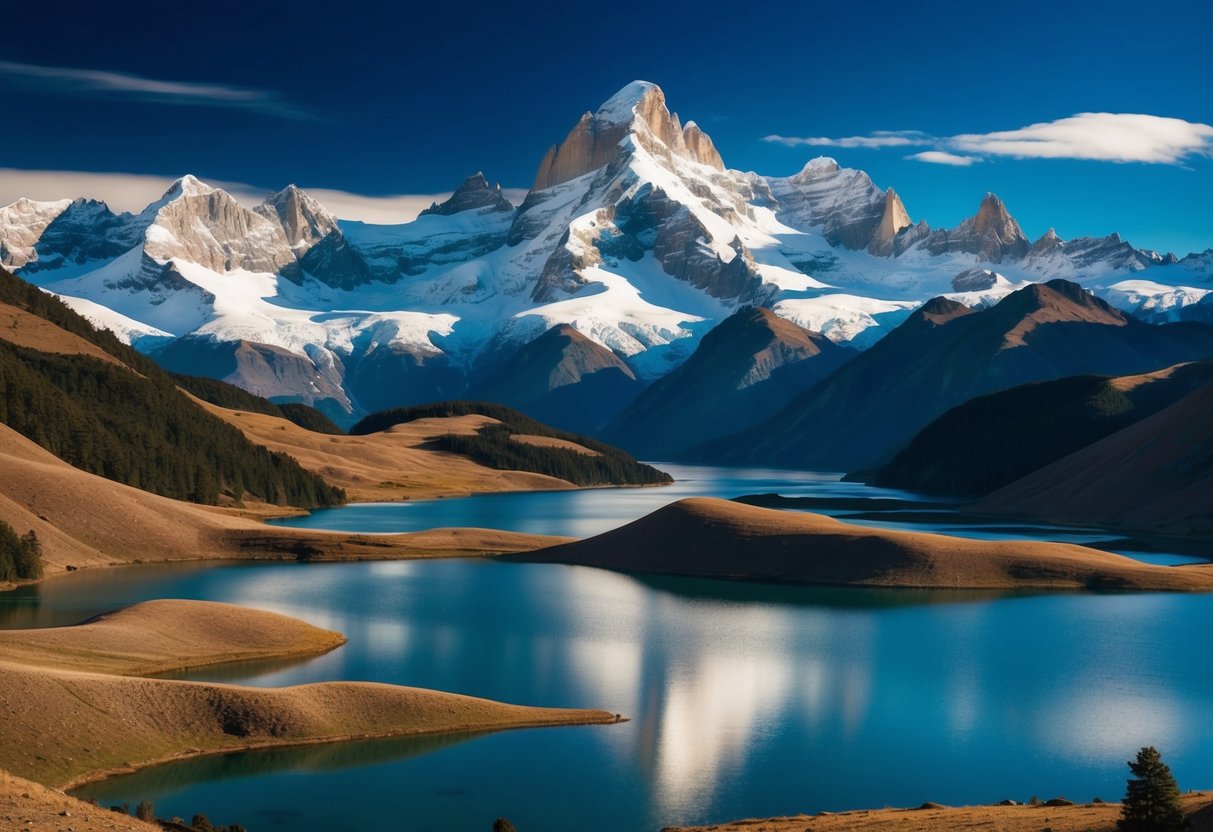
Unraveling the breathtaking allure of Patagonia, this guide serves as a journey through an untouched wilderness. Nestled at the southern tip of South America, Patagonia stretches across both Chile and Argentina, boasting a dramatic landscape filled with vast ice fields, towering mountains, and crystal-clear lakes. This guide aims to offer essential insights into experiencing the unparalleled beauty and adventure that Patagonia provides.
A destination for both adventure seekers and nature lovers, Patagonia is home to a diverse range of ecosystems and wildlife. From the towering peaks of the Andes to the expansive steppes, visitors are greeted with scenes that are as captivating as they are varied. Whether exploring the rugged terrain on foot, by horseback, or even by kayak, there is a wealth of discoveries awaiting each traveler.
For those planning a trip, understanding the region’s diverse offerings is key to crafting an unforgettable experience. Patagonia’s iconic landmarks such as El Chaltén, Torres del Paine, and the Perito Moreno Glacier invite visitors to witness extraordinary natural spectacles. Travelers are encouraged to delve into the bustling life of local towns and immerse themselves in the rich cultural tapestry that complements the awe-inspiring landscapes.
Geography of Patagonia
Patagonia is an expansive region characterized by its diverse and stunning landscapes that extend across southern Argentina and Chile. It features a dramatic array of natural formations, including mountainous terrains and vast barren steppes, alongside numerous fjords, lakes, and glaciers.
Andes Mountains and Patagonian Steppe
The Andes Mountains form the natural backbone of Patagonia, stretching along its western edge. This mountain range is home to some of the highest peaks in the southern hemisphere, where volcanic activity and tectonic movements have shaped rugged terrains over millions of years. Among these peaks lies the majestic Mount Fitz Roy, renowned for its steep granite faces.
To the east of the Andes, the Patagonian Steppe dominates the landscape. It covers an extensive area characterized by arid, windy conditions and sparse vegetation. This semi-desert environment supports unique wildlife, such as guanacos and rheas, adapted to its harsh conditions. The steppe’s vast open spaces contrast starkly with the towering mountains to the West, offering a distinctively serene yet rugged landscape.
Fjords, Glacial Lakes, and the Southern Patagonian Ice Field
The western coast of Patagonia is deeply indented with fjords, narrow inlets carved by glaciers over millennia. These fjords are surrounded by steep cliffs that plunge dramatically into the water, creating a breathtaking coastal geography. The region’s fjords form a complex network that offers sanctuary to diverse marine life.
Nestled between these rugged coastlines and the Andes are numerous glacial lakes, including the famous Lake Argentino and Lake Viedma. These lakes, fed by meltwaters from glaciers, display a striking turquoise hue due to mineral-rich sediments. The Southern Patagonian Ice Field, one of the largest non-polar ice fields in the world, feeds these lakes and glaciers, covering vast areas with ice. This continuation of a glacial landscape captivates with its pristine, ever-changing icy wilderness.
Must-See Natural Attractions
Patagonia is renowned for its breathtaking landscapes, offering visitors a chance to witness some of nature’s most spectacular wonders. Iconic sites like Torres del Paine, the Perito Moreno Glacier, and the famed Marble Caves present unique experiences that attract nature enthusiasts from around the globe.
Torres Del Paine National Park
Torres Del Paine National Park, located in Chilean Patagonia, is an awe-inspiring destination famous for its towering granite peaks. The park offers a diverse ecosystem with sparkling lakes, lush valleys, and a variety of wildlife. Travelers can encounter animals such as guanacos and condors while exploring this vast wilderness. The most striking feature is the Torres del Paine, a trio of distinctive granite peaks that dominate the landscape. This natural wonder draws hikers and adventurers from around the world.
The park is also home to the Grey Glacier, an impressive expanse of ice that stretches down from the Southern Patagonian Ice Field. Visitors often embark on guided treks or boat tours to fully appreciate the glacier’s size and changing colors. The diverse beauty and unique geological formations of Torres Del Paine make it a must-visit for anyone traveling to Patagonia.